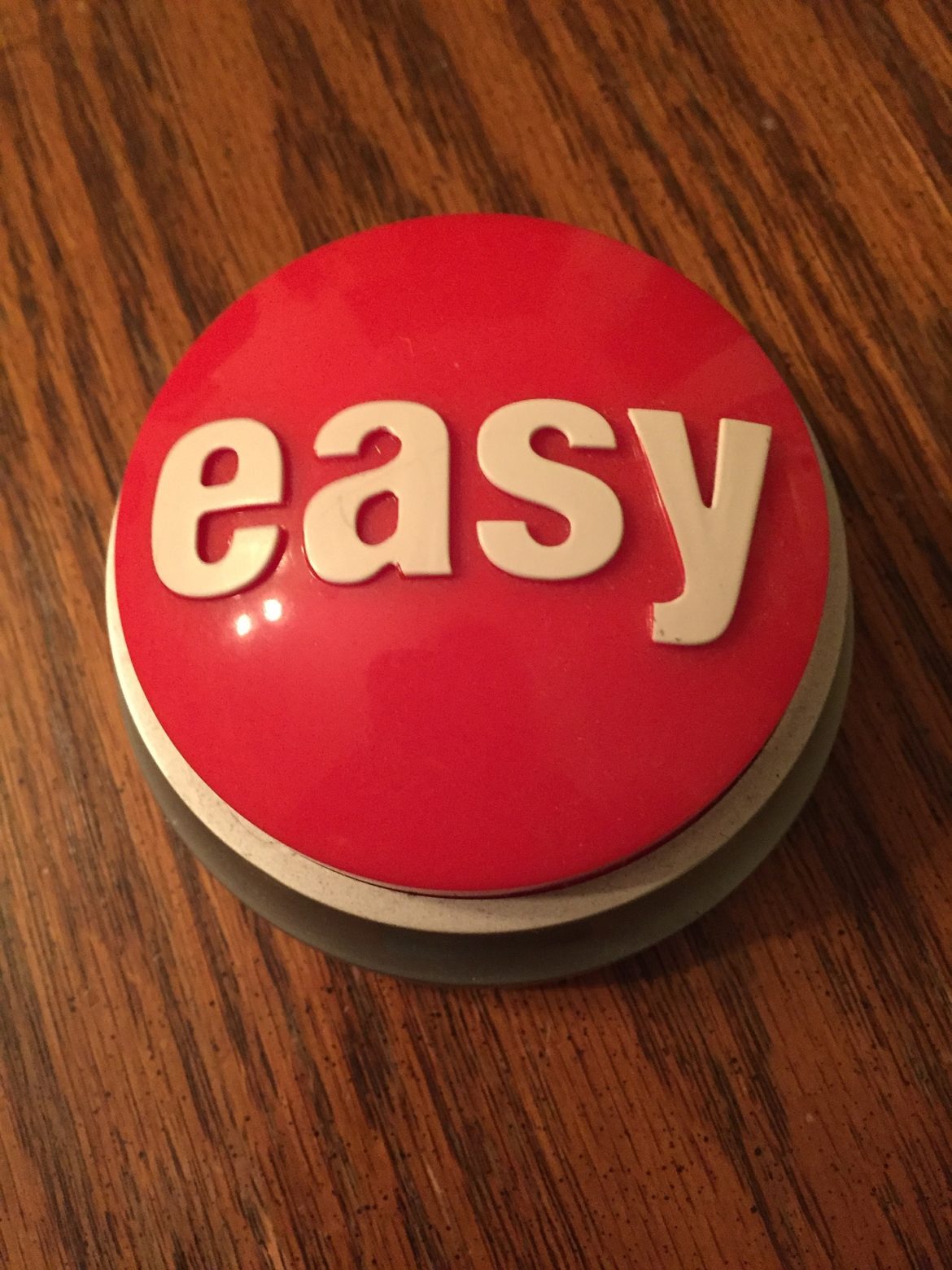Make it easy with nudge !
Easy ? Wait a second: not so simple!
Consulting mantras like “make it easy” have a fascinating performative power: they seem to reveal the solution whatever the problem. Our experience as a consumer proves it right every day: it’s always easier when it’s simple! The problem is that what is simple is simple only from the customer’s point of view. While to make it simple, what is complicated is precisely the ability for brands to decode their
No how to ?
Indeed, injunctive claims of such kind do not propose any “how to”, they value an expected result: simple, easy, seamless, effortless… which can only be judged a-posteriori. In “make it easy” it is therefore not the “it” that is “easy”, but the perception that the customer will have of it. Moreover, the expression abusively combines these two points of view: that of the customer experience (easy, simple, effortless) and that of the organization that produces them (make) when they are nevertheless often quite distinct.
That’s where the paradox lies: designing something “simple” for a customer is in fact horribly complex for the one who “makes” it. Because you first need to decode the implicit mental model of your customers, and you must at the same time get rid of your own knowledge
not to hinder your ability to truly listen to them.
The drivers of simplicity
Simplicity is not in the product
By seeking to “make it easy”, we implicitly focus on the product or service. By making “easy” an essential feature of the offer, we marginalize the effort to invest in order to understand its beneficiary: the customer or the user… The context (time, place, goal, etc.) of the use, which is decisive in the evaluation of the experience, is also ignored. While the same service is not “easy” for everyone, at any time. For example, what is “easy” for my little niece on Snapchat during her holidays is much less so for her uncle who would like to do the same thing!
The learnings of behavioral economics
Behavioral sciences provide deep insights into decoding clients’ experiences, particularly those related to our “system 1” (Kahneman): that of intuitions and emotions. Designing for cognitive ease certainly implies working on objective elements (message hierarchy, number of steps,
Nudging the way?
Many human-centered methods put the customer back at the center of the equation with, at a minimum, an empathic immersion in agile mode. Ethnography and the use of persona are also interesting tools. But with the contributions of behavioral economics and nudge, brands can go one step further understanding what promotes or prevents the desired behavior. The Nudge is a solution to avoid having to sacrifice ease of use by adding a new feature. So instead of promoting the “make it easy”, I would suggest a two-step alternative: “1st decode your customer’s life, then make it easy with nudges”. Easy for them, not for you! The “It” then refers to the customer’s experience, not to the intrinsic characteristics of the service. Which means that in your test & learn iterations: you would rather start with the learning phase before doing the testing.
#nudge #behavioraleconomics #humancentered #makeiteasy


Good One Richard. 👍👍